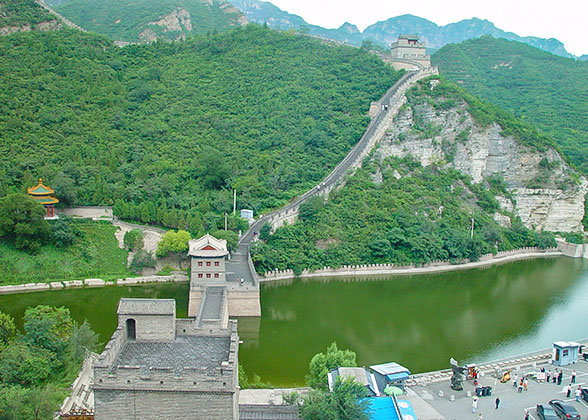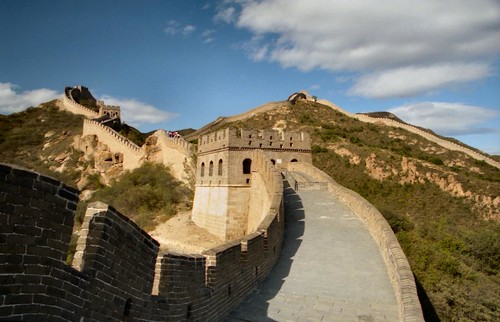great wall of china

Research has shown that Ming's emperors were busy with the construction of this wall throughout their reign. After seizing political power from rulers of the Yuan Dynasty (1271 - 1368), the emperors had to battle desperate Yuan forces in the north and stop the threat of invasion from other northern ethnic tribes such as Nuzhen, Dada and Wala. To resist these outside forces and protect their citizens, every emperor of the Ming Dynasty spared no effort in building, fortifying, extending and eventually completing the Great Wall.
The design of the Ming Wall was well thought out. For example, Xuanfuzhen Great Wall in Beijing, due to its strategic position, was built in the unique style of double lines, inner and outer, to strengthen its defensive ability. A total of six passes were built. The inner passes were Juyongguan Pass, Zijingguan Pass and Daomaguan Pass, and the outer passes were Pianguan Pass, Ningwuguan Pass and Yanmenguan Pass. These passes controlled entries and exits into the areas and are secured by gates. Watch towers, signal towers, fortresses, and observation posts serve as additional reinforcements. The Ming Wall was further divided into nine zones, each controlled by a garrison, called 'zhen' in Chinese. Two more garrisons were added later, making a total of eleven garrisons. This ensured the security of the capital.
Following the topographies of the land through which it travels, this ancient wall looks like a long winding dragon. To get a rough idea of the size: if all its stones, bricks, and earth are used to build a city wall of 1.1 yards high and 5.5 yards wide, the total length of this wall will circle the earth more than once. Today, remnants of this huge wall stand as a witness to the sacrifices of the ancient builders and the wisdom of its designers. It is perhaps one of the greatest architectural achievements of men.
great wall of china

great wall of china

0 comments:
Post a Comment